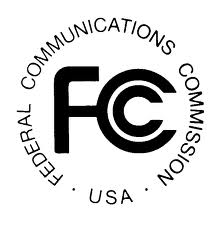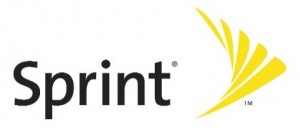
On June 5, 2000, following nearly two years of work, the FCC released its national guidance, “A Local Government Official’s Guide to Transmitting Antenna RF Emission Safety: Rules, Procedures, and Practical Guidance” (the “Local Official’s Guide”).
The Local Official’s Guide was developed at the behest of the FCC’s Local and State Government Advisory Committee (the “LSGAC”), which was the predecessor of the current FCC Intergovernmental Advisory Committee (“IAC”).
As set out in preface to the Local Official’s Guide, that document was developed to serve and educate state and local governments officials and the public by providing “basic information, in a form accessible to officials and citizens alike, that will alleviate misunderstandings in the complex area of RF emissions safety.”
I had the distinct privilege of being one of the primary authors of the Local Official’s Guide, and I also served as an editor and the illustrator of that document.
Since the release of the Local Official’s Guide some 13 years ago, it has been relied on and used by thousands of state and local government agencies throughout the United States to help them understand RF emissions in the context of local land use, permitting, and zoning matters.
The Local Official’s Guide has well-served the public, yet given the feedback I’ve received from governments and the public since the Guide was first published, there is keen public interest in accessing more information on and related to RF emissions.
On March 29, 2013, the FCC released its “First Report and Order Further Notice of Proposed Rule Making and Notice of Inquiry” (Click to read: FCC 13-39).
In the Order, the FCC said of the Local Official’s Guide,
The Local Official’s Guide provides a framework for local and state governments and wireless service providers to cooperate in the determination of compliance with the Commission’s RF exposure limits. We request comment on what additional information should be provided to consumers and in what format to assist in making decisions about reducing exposure. We also specifically seek comment on how we can ensure that such information is presented in formats that are accessible to
people with disabilities.”
(R&O at ¶ 231)
Given of the pending Rule Making at the Commission, the current version of the Local Official’s Guide will soon be outdated from a rules/technical standpoint. This opens the door to an opportunity for the FCC to revise, expand, and update the Local Official’s Guide.

On Monday of this week (July 1, 2013), I was an invited speaker at the FCC’s Intergovernmental Advisory Committee meeting at the Commission’s headquarters in Washington D.C. I was asked to provide the IAC with my thoughts regarding a path forward to reaching a new edition of the Guide.
I presented the IAC with a deck of slides regarding how the Local Official’s Guide came into existence; why it now needs to be overhauled; and my recommendations for a work plan to achieve a revised, expanded, and even more useful and accessible Guide for Local Government Official’s and the public.
If you would like to see the slides I presented to the IAC, you may CLICK HERE to download them in PDF format from the Commission’s web site.
Following my formal presentation, the IAC Members posed a variety of thoughtful and targeted questions regarding the Guide and my proposed work plan. Commission staff also provided their input to the Committee regarding the utility of the current Guide, and the value to the public for a new guidance. Finally, I suggested to the IAC that the new Guide be revised on an as-needed basis perhaps every 3 to 5 years to reflect new wireless technologies and deployments.
I’m very pleased to report that at the end of the Q&A following my presentation, the IAC unanimously directed me to proceed with the drafting of the revised, updated, and expanded Guide. I’ll be working with Commission staff and other subject matter experts as I proceed forward through the drafting process.
A common question I anticipate is, ‘When will the new Guide be released?’
Much of my drafting can and will proceed in advance of the finalization of the Commission’s new rules. The goal is to have the new Guide ready for release right after the new federal RF emissions rules are adopted by the Commission. Given, however, that I will not be privy to the Commission’s final new rules in advance of the public adoption date, the new Guide will not be ready for public release by the Commission until just after the new rules are approved by the Commissioners.
Jonathan





 discussed in terms approaching plain English in the Commission’s widely-used publication, “
discussed in terms approaching plain English in the Commission’s widely-used publication, “